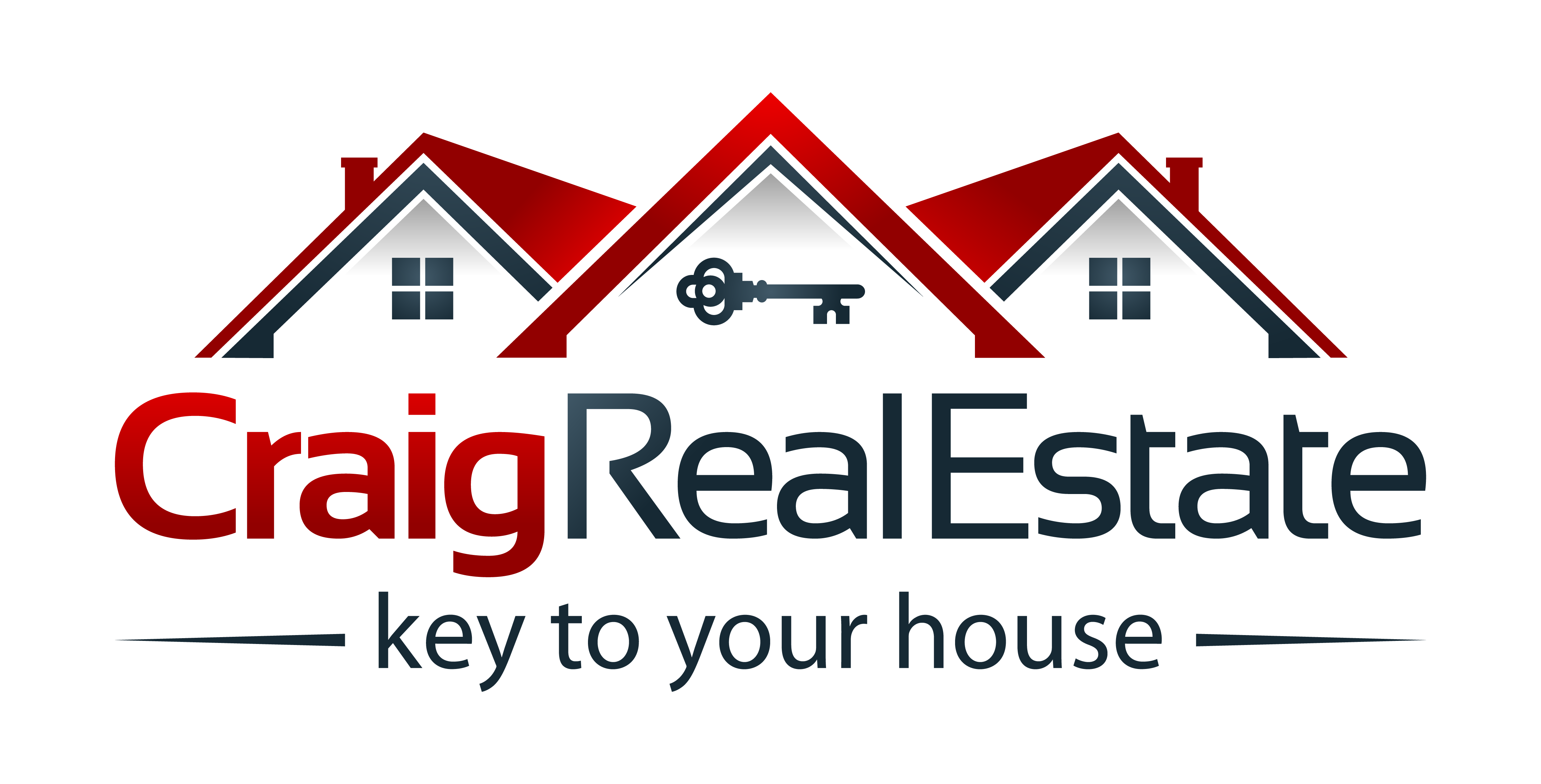Have you ever wondered what will happen when we start running out of land to build new houses and communities? Cities across the province have been growing steadily and many municipalities are already reaching their boundaries. This has led to a push for more infill communities and intensification, something that is addressed in the Places to Grow Act, 2005.
The main goal of the Places to Grow Act, 2005 is to establish a plan for growth in certain areas. One such area is referred to as the Greater Golden Horseshoe (GGH), which includes cities like Toronto, Hamilton and Guelph, plus regional municipalities such as Halton, Peel, York, Durham, Niagara, Haldimand and Waterloo.
The plan for the GGH sets out a number of goals and directives, some of which focus on revitalizing downtown areas and city centres, reduce development pressure on agricultural lands and naturalized areas and improve transportation and housing options.
Intensification is a multifaceted approach to redeveloping downtown areas. It is a term coined by urban planners to describe the process of “increasing the use of existing housing stock and more effectively utilizing municipal services”. Examples include adding accessory apartments to single-family homes, creating mixed use developments in urban areas and repurposing industrial lands for residential use. Industrial loft conversions are a good example of intensification.
Infill communities have been cropping up for years now in cities across the GGH. This type of development involves the building of townhouses or semi-detached homes where one home previously existed or building homes on formerly vacant land.
While it’s sometimes disheartening to see a beautiful, old home torn down and replaced with townhomes, the bottom line isn’t always financial gain. Intensification through infill and the purposing of existing buildings is just one way that planners and builders are working to reduce urban sprawl and create thriving cities with plenty of housing options.

